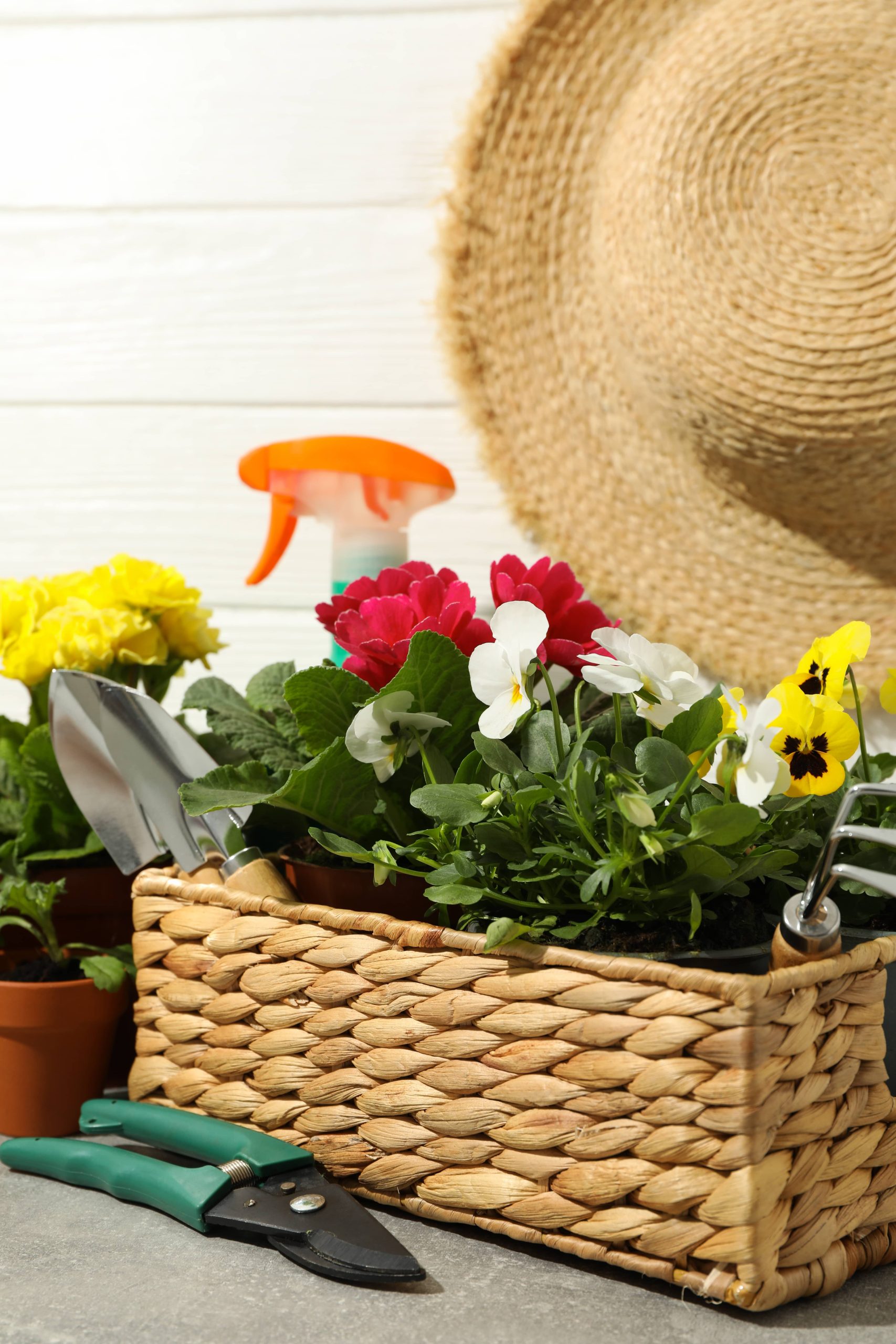
As the vibrant hues of autumn give way to the colder winter months, gardeners find themselves shifting gears to protect their cherished plants. While gardens might seem to go to sleep under the blanket of frost, there’s much work to be done to ensure they emerge healthy and vibrant once spring returns. One crucial task that many gardeners face during this time is the overwintering of pots and planters to safeguard roots from frigid temperatures and hostile weather conditions.
Overwintering, or protecting plants during the winter months, helps ensure that your efforts during the growing season aren’t lost to winter’s chill. This is particularly important for container gardens. In pots and planters, roots are far more vulnerable to freezes compared to plants that have their roots protected underground. Let’s explore some effective strategies to overwinter pots and planters.
Understanding Plant Hardiness and Pot Vulnerability
Before diving into specific methods, it’s essential to understand plant hardiness zones and the impact of pot vulnerability. Each plant variety can withstand a certain level of cold, distinguished by USDA Hardiness Zones. Knowing the zone your plants can endure is vital. However, even if plants are labeled for your hardiness zone, the fact remains that those in a pot face colder conditions than those in the ground since their roots are exposed to the air.
Containers made of materials like ceramic or terracotta can crack and break in frost, further exposing roots to extreme cold. Thus, the strategy should not only include protecting the plant roots but also preserving the integrity of the container itself.
Selecting the Right Plants
Choose hardy plants or those native to your region for late-season planting in pots. These are more likely to survive without requiring extensive overwintering efforts. Perennials are often a safe bet, as are shrubs and small trees that can thrive in pots. Make sure these selections fit into your hardiness zone criteria and are okay with the occasional cold shocks they may experience in containers.
Steps to Overwinter Your Pots and Planters
1. Choose Robust Containers:
– Use containers made of materials that can withstand the freeze-thaw cycles, such as fiberglass, metal, or heavy-duty plastic.
– Avoid thin ceramic unless you are prepared to protect it further, as this material is prone to cracking.
2. Elevate and Insulate:
– Elevate the pots using pot feet or bricks to prevent them from sitting in water and help with drainage.
– Wrap pots with insulating materials like burlap, bubble wrap, or frost blankets. Pay extra attention to protecting the roots directly, as these are the most vulnerable part.
– For additional insulation, consider making a “cocoon” around the base using straw, mulch, or shredded leaves.
3. Grouping:
– Group pots together for mutual protection, creating a microclimate that retains warmth.
– Place them in a sheltered area, like against a heated house wall, for additional warmth and protection from winds.
4. Mulch the Top:
– Mulch the top of the planter with wood chips or straw. Mulching can significantly moderate soil temperature fluctuations.
5. Moisture Management:
– Water plants well before the soil freezes to ensure they have enough moisture to last through the winter, but avoid overwatering which may freeze and damage the roots.
– Check periodically through winter thaws to see if the plants need a little more watering.
6. Location:
– Move pots to a location that’s less exposed to wind and extreme temperature shifts if possible, such as a garage, shed, or basement. Bright areas are preferable for plants that still require some light over the dormant period.
– Ensure good ventilation to prevent rot or mold due to trapped moisture.
7. Use Cold Frames or Greenhouses:
– Consider investing in a cold frame or small greenhouse where pots can be kept over the winter. This additional layer of protection is invaluable for more tender plants.
Monitoring and Care
Throughout the winter, periodically check on your pots. Look for signs of desiccation due to dry winter winds or unusual dampness. Both conditions can cause stress to your plants. Make sure your insulating wraps and barriers remain intact and effective, adjusting as necessary.
Spring Revival
Once the intensity of winter thaws and temperatures rise consistently above freezing, gradually start the acclimation process for your overwintered pots. Begin by removing the additional protection and exposing them to increasing amounts of light slowly. Check for any necessary pruning or re-potting needs that might have arisen over winter.
Conclusion
By following these steps, overwintering your pots and planters will become an efficient and rewarding task in your gardening routine. Protecting the root system of potted plants not only saves you the cost and effort of replanting each spring but ensures that your garden is established and ready to thrive as soon as the first signs of spring appear. By giving a little extra care during the chillier months, you’ll secure a flourishing display, come springtime—a testament to your dedication and love for gardening. So, prepare to nurture those roots through the winter, and they’ll thank you with glorious growth and blooms as warmth returns.







